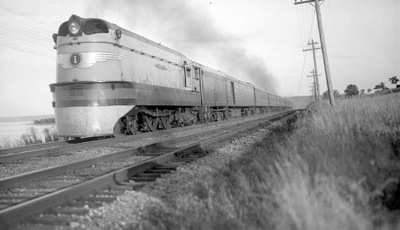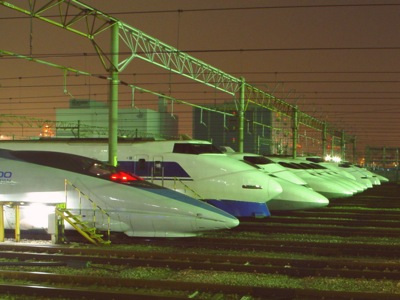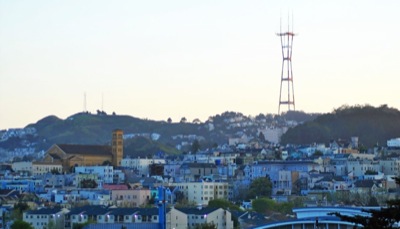The California High-Speed Rail Authority wants to build an 800-mile rail network between Sacramento, San Francisco, Los Angeles, Anaheim, and (via Riverside) San Diego. Electrically-powered trains would travel over this network at speeds up to 220 miles per hour, allowing people to get from downtown San Francisco to downtown L.A. in about 2-1/2 hours.
It isn’t clear to me why any self-respecting San Franciscan would want to get to downtown L.A. in 2-1/2 hours, though I can imagine why they would want to quickly return. I suppose the Northern-Southern California cultural divide works both ways. But the four big questions are: How much will it cost? What kind of risks are involved? What are the likely benefits? And what are the alternatives? Today’s post will focus on cost.
By any measure, California high-speed rail will be a megaproject, the most expensive public-works project ever planned by a single U.S. state. Exactly how much it will cost is still uncertain — estimates published in various places have varied over a wide range. Just as uncertain is who is going to pay that cost. What is certain is that the $9.95 billion in bonds (of which $9 billion is for high-speed rail and $0.95 billion is for connecting transit improvements) that California voters will decide upon this November will be little more than a down payment.












